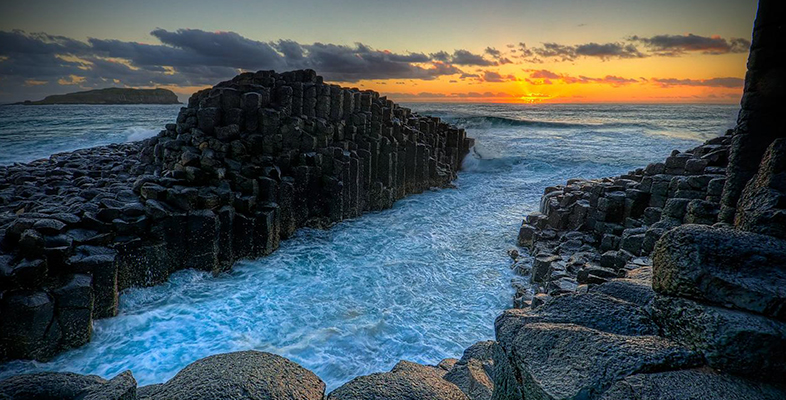3.3 Self and peer assessment
Improving learning through assessment requires students to be involved in their own learning, assessing themselves and understanding what they need to do to improve (Black and Wiliam, 1998). This can be achieved through:
- sharing learning goals and assessment criteria with students; involving students in the identification of learning goals
- helping students to know and recognise the standards they are aiming for
- involving students in self and peer assessment, encouraging them to review their work critically and constructively
- providing feedback that helps students recognise their next steps and how to take them
- both teacher and students reviewing and reflecting on assessment data.
Peer assessment is an important tool in enabling students to develop as independent learners. Independent learners are able to self-assess effectively and to use metacognitive skills to decide how to move forward, developing self-regulation and self-efficacy. Engaging with criteria and giving feedback in peer assessment will help students to assess their own learning. They will also become more engaged in their learning, and will build their confidence in discussing work with peers in a reflective, collaborative process. To facilitate self and peer assessment you need to commit to learners having control over the process, being able to discuss learning and developing effective student feedback.
Activity 7 Self and peer assessment
Part 1
Open the geography self-assessment sheet [Tip: hold Ctrl and click a link to open it in a new tab. (Hide tip)] .
Adapt the sheet for a contrasting topic of your choice.
Note the incorporation of targets in this self-assessment sheet.
- What is the timescale of the targets?
- What are the advantages of this approach to targets?
- What are the weaknesses?
Part 2
Watch the video at ‘Secondary AfL – geography’. (Alternatively, you can read a transcript.)
Observe the variety of support provided to different year groups for peer assessment.
The example includes AfL that is very directly related to AoL, tied to mark schemes and model answers. Can you see any limitations in this approach?
Part 3
Listen to Dylan Wiliam review some of the benefits of self and peer assessment as a key component of effective learning
Student involvement in setting ‘next steps’ and providing feedback aids their learning about geography and about the skills involved in learning. However, be aware that:
- next steps identified by students may be limited by their knowledge and understanding
- in self or peer assessment unintended outcomes or alternative viewpoints may not be valued
- model answers and prescriptive mark schemes may limit student independence for some formats of learning (enquiry or more creative work)
- weak literacy can be an issue.
You will need to consider issues like these as you support student self and peer assessment.
